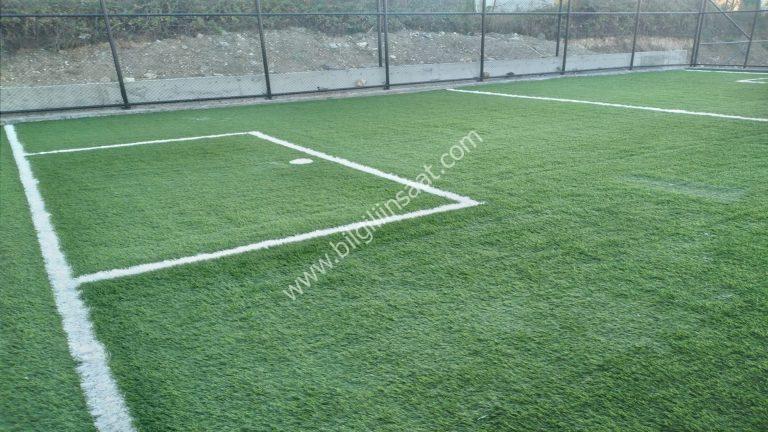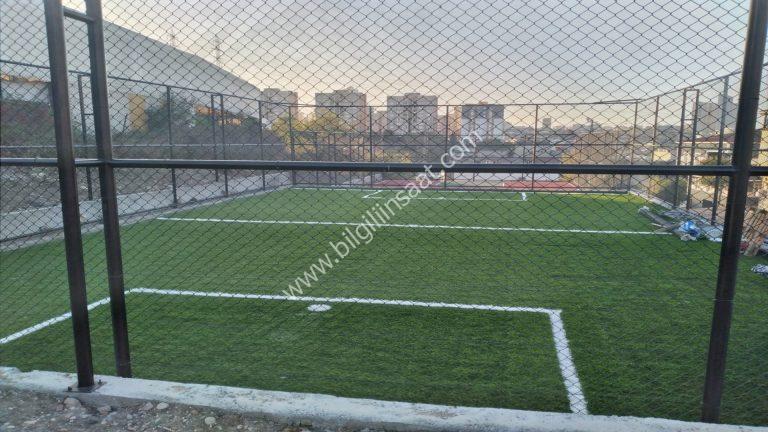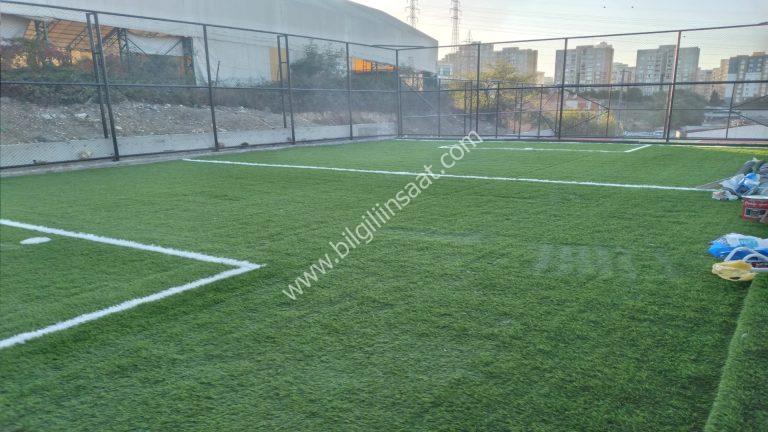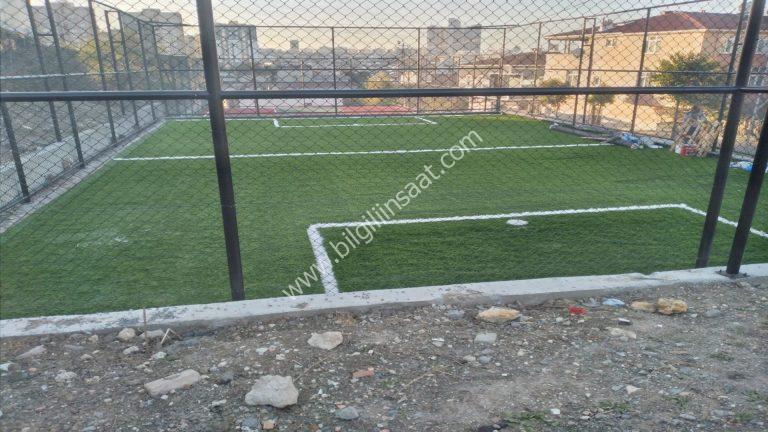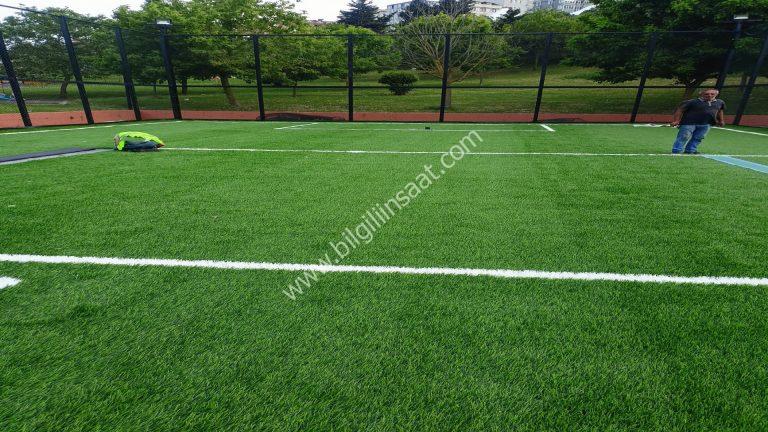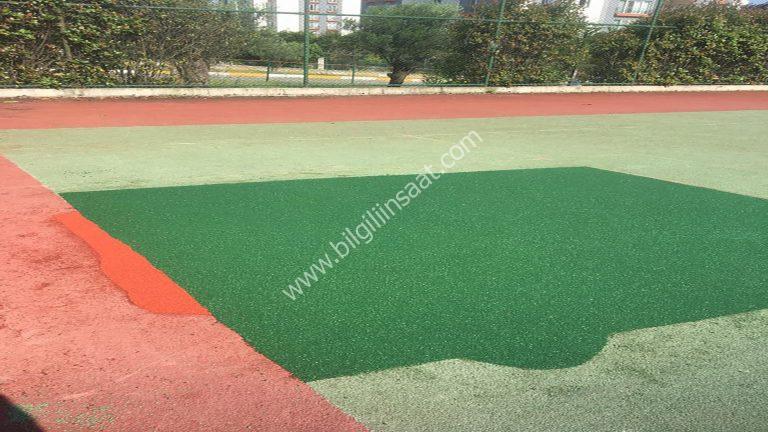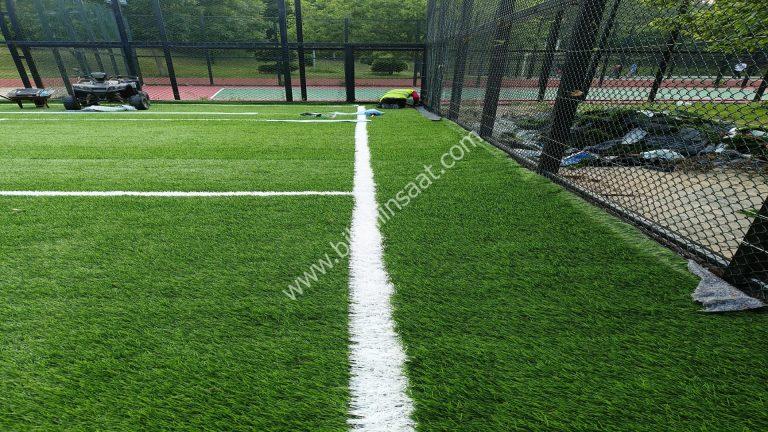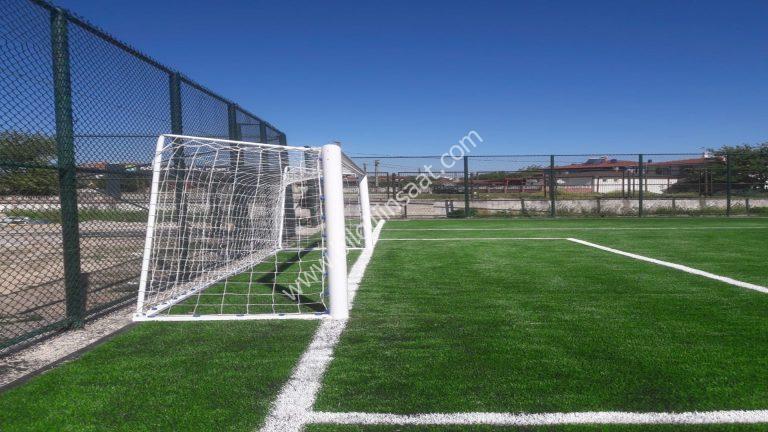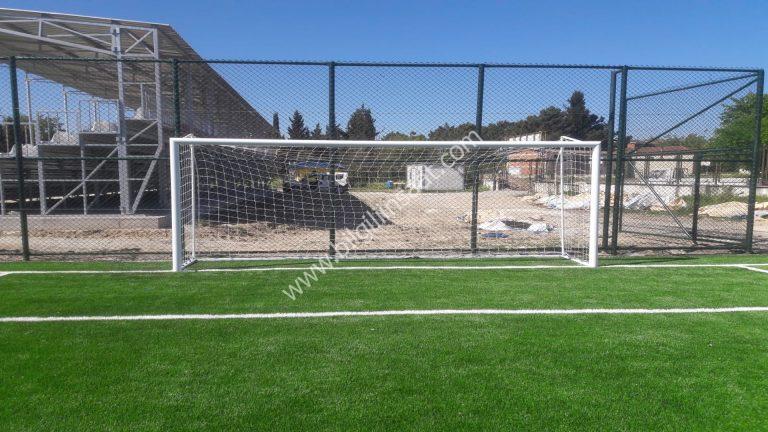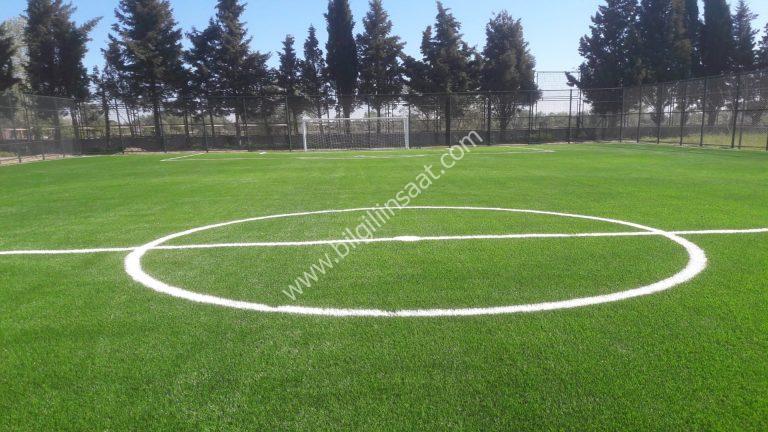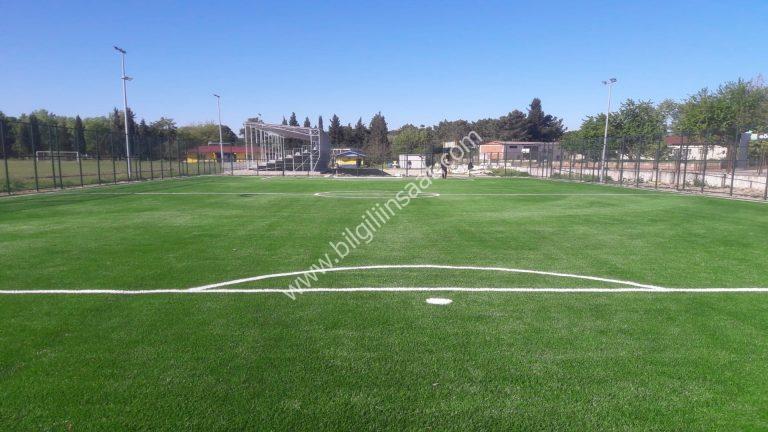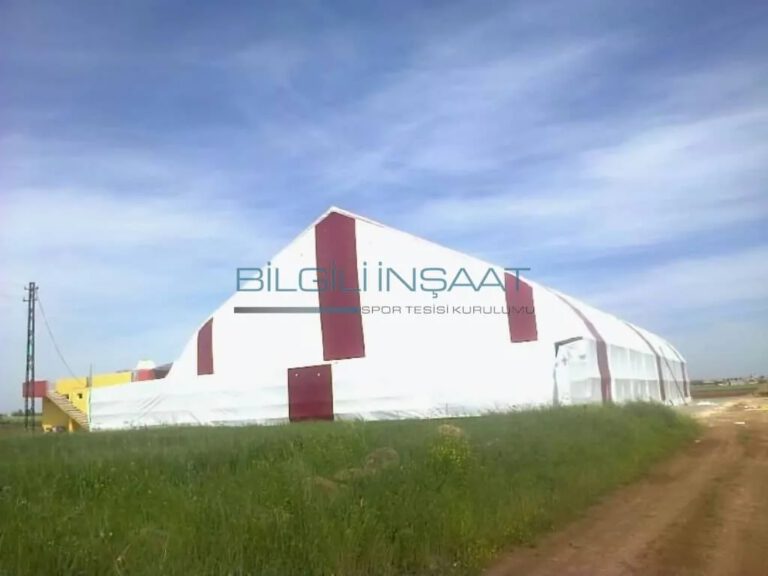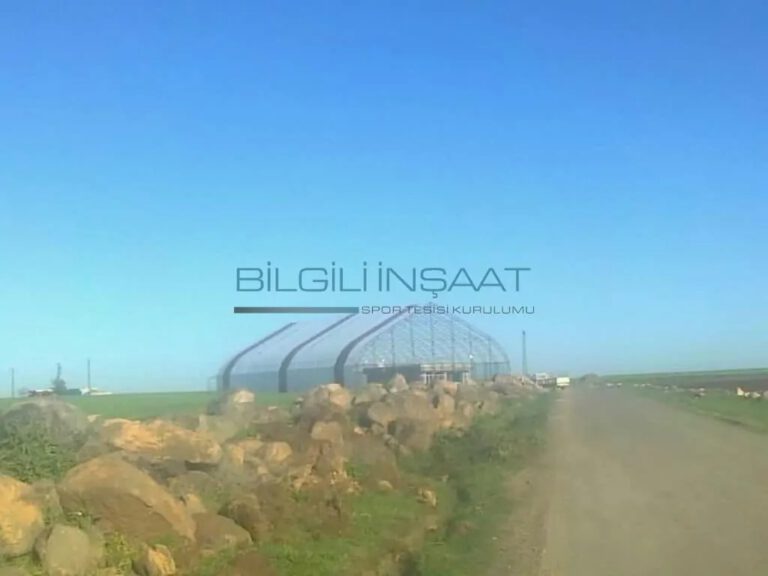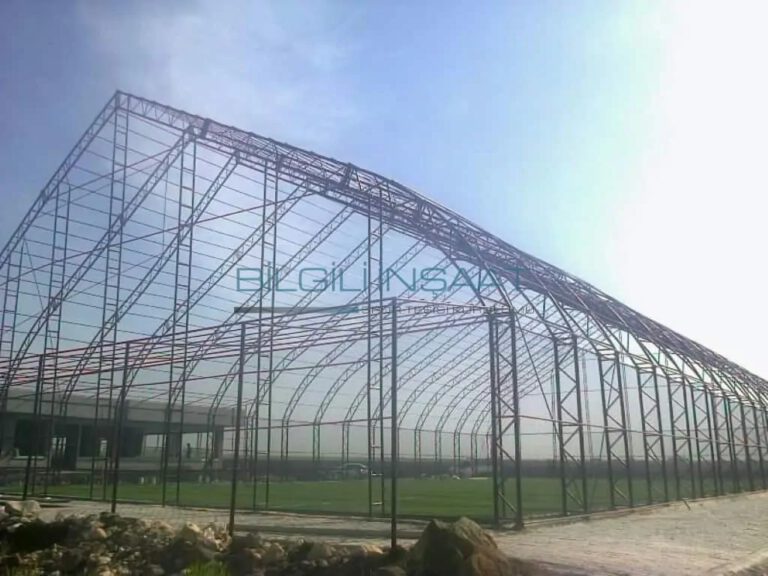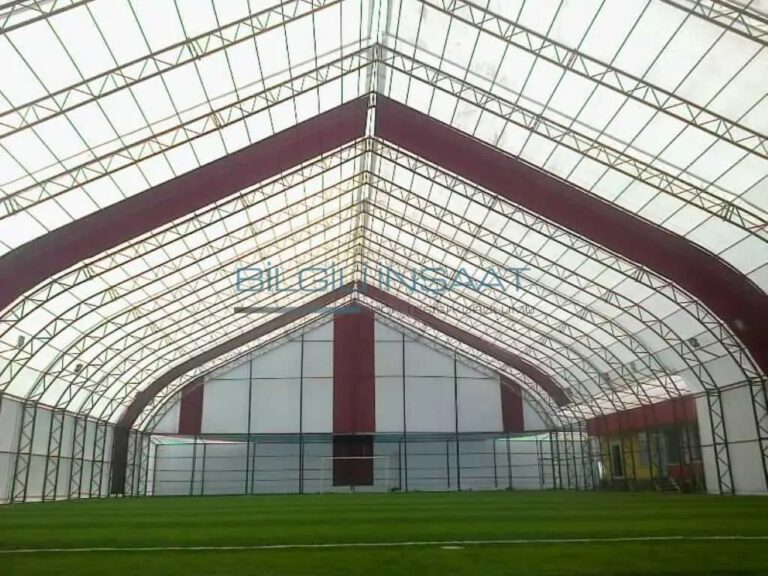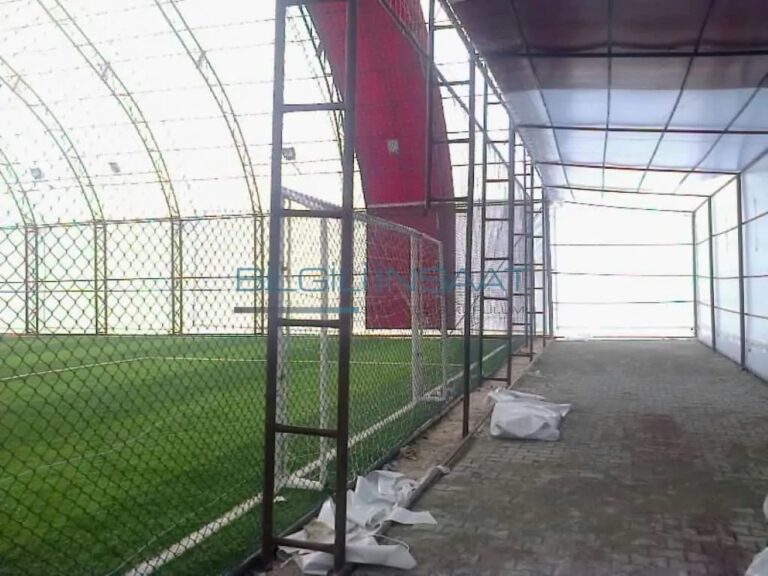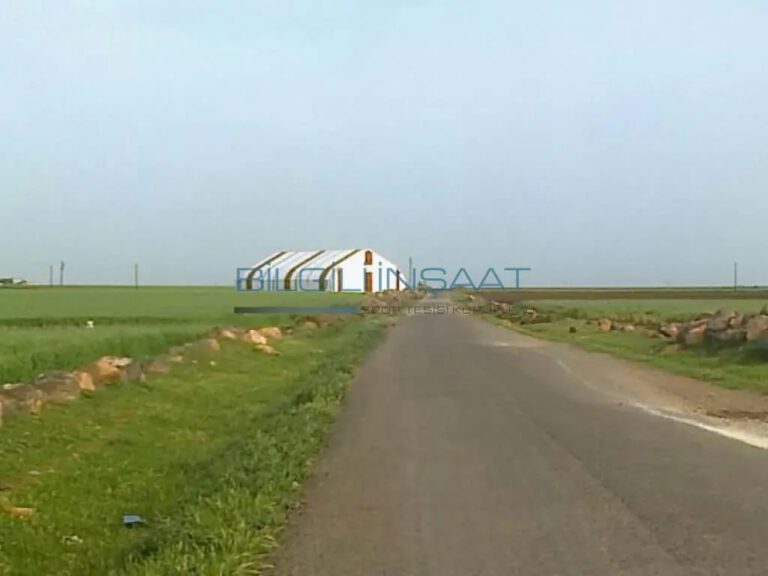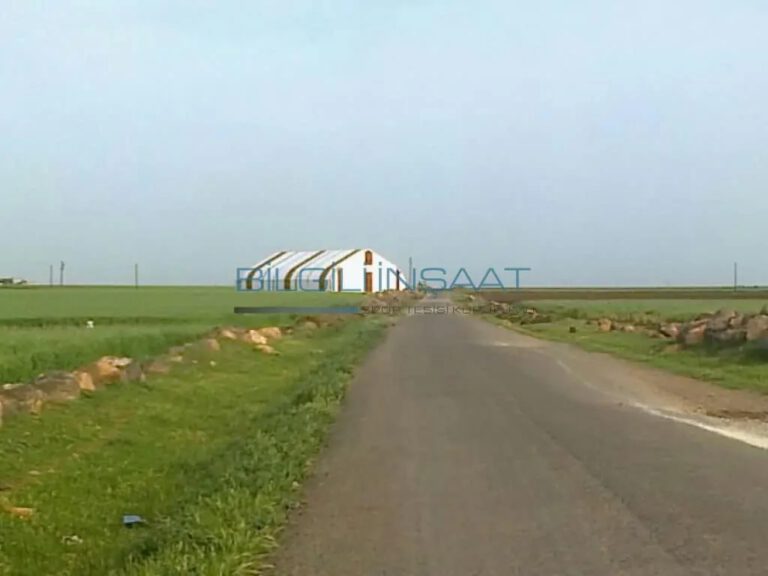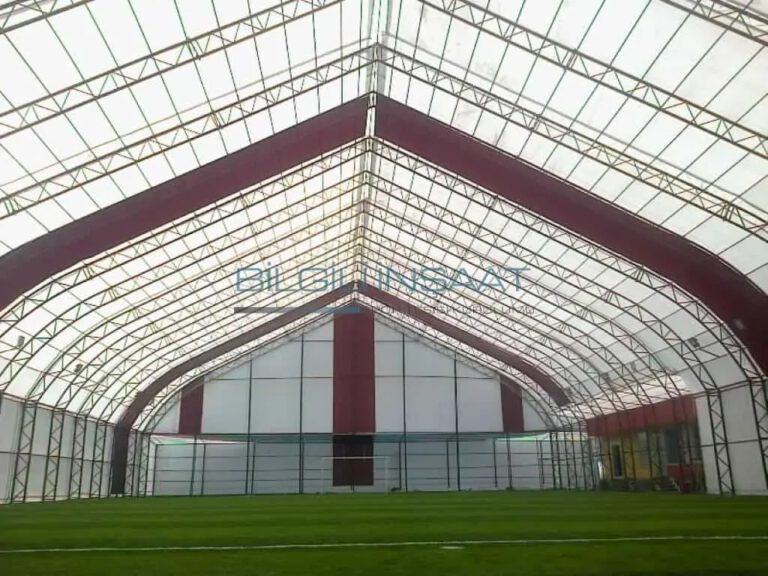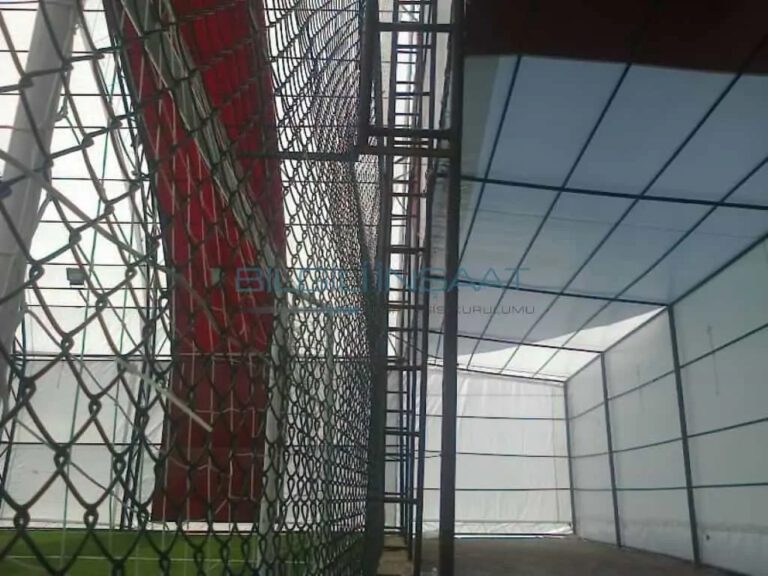- Home
- Corporate
- Projects
- Flooring Systems
- Sports Equipment
- Sports Construction Projects
- Indoor Sports Hall Construction
- Basketball Court Construction
- Volleyball Court Construction
- Athletics Track Construction
- Handball Field Construction
- Football Pitches Construction
- Indoor Astroturf Field Construction
- Children’s Playground Construction
- Tennis Court Construction
- Wire Fence Systems
- Steel Construction
- Galvanized Steel Grandstand Manufacturing
- Contact Us
- Home
- Corporate
- Projects
- Flooring Systems
- Sports Equipment
- Sports Construction Projects
- Indoor Sports Hall Construction
- Basketball Court Construction
- Volleyball Court Construction
- Athletics Track Construction
- Handball Field Construction
- Football Pitches Construction
- Indoor Astroturf Field Construction
- Children’s Playground Construction
- Tennis Court Construction
- Wire Fence Systems
- Steel Construction
- Galvanized Steel Grandstand Manufacturing
- Contact Us
Football Pitches Construction
Artificial Turf Construction
Constructing an artificial turf field has become increasingly popular for both sports facilities and individual use today. The key to a durable and long-lasting artificial turf field lies in selecting the right materials and following a professional construction process. The materials used and the stages involved in building an artificial turf field are crucial elements that guide the project.
Materials Used in Artificial Turf Field Construction
The construction of an artificial turf field should be carried out using high-quality materials. Here are some of the primary materials used in this process:
- Artificial Turf: The most crucial part of the artificial turf field, artificial turf is chosen for its durability and long lifespan. It must be made of high-quality synthetic fibers that can withstand heavy use and various weather conditions. There are different types of artificial turf, such as monofilament and fibrillated, each offering unique benefits in terms of performance and longevity.
- Infill Material: This usually consists of rubber granules or sand, which is spread between the fibers of the artificial turf. Infill material provides cushioning, reduces the risk of injury, and ensures that the surface is safe and comfortable for players. The type and amount of infill used can greatly influence the playing characteristics of the field, including ball roll and bounce.
- Subbase Materials: The subbase is the foundation of the artificial turf field. Stabilized materials like crushed stone, drainage systems, and a fine gravel layer are used to ensure the field is stable and level. A well-constructed subbase allows for proper drainage, preventing water accumulation and extending the field’s life. Proper grading and compaction of these materials are essential for maintaining an even playing surface.
- Fences and Protective Nets: These define the boundaries of the playing area and prevent balls from leaving the field. Fencing should be robust and high enough to contain the play, while protective nets can be strategically placed to catch stray balls. The choice of fencing material, whether chain-link or mesh, should balance durability, visibility, and cost.
These materials directly impact the success and longevity of the Artificial Turf Field Construction process. Selecting high-quality materials not only enhances player safety but also reduces maintenance costs over time. For instance, using premium artificial turf and proper infill can minimize wear and tear, maintaining the field’s optimal performance for years. Additionally, investing in a well-designed subbase with effective drainage prevents waterlogging and prolongs the field’s usability in various weather conditions.
Artificial Turf Construction Photos:
Construction Process and Stages of Synthetic Turf Field
The construction of a synthetic turf field requires a professional approach and meticulous attention to detail. The process and stages can be summarized as follows:
Planning and Site Selection:
- Determine the dimensions and the area to be used.
- Consider climatic conditions.
Substructure Works:
- Excavate and level the ground.
- Install drainage systems to prevent water accumulation.
Surface Coating:
- SBR Rubber: Provides flexibility.
- Artificial Turf: A high-quality covering that mimics natural grass.
Perimeter and Safety Elements:
- Add wire mesh fences and barriers.
- Install lighting systems.
Final Checks and Tests:
- Test the surface for evenness and drainage efficiency.
- Approve its suitability for use.
The construction of a synthetic turf field is successfully completed according to these stages.
Frequently Asked Questions
Although the astroturf construction time varies depending on the size of the field and the complexity of the project, it is generally completed within 6 to 12 weeks. Preparation stages, ground improvements and material supply at the beginning of the project are also included in this period.
Astroturf pitch construction costs may vary depending on many factors such as the dimensions of the field, the quality of the materials to be used, ground infrastructure and additional features (for example, lighting, changing rooms). On average, costs per square meter may vary. You can contact us for a detailed cost analysis and get a quote immediately.
The most commonly used material in artificial turf flooring is artificial grass. Artificial grass stands out with its durability and low maintenance requirement. When choosing, factors such as pile height, density and filling material should be taken into consideration. A high-quality artificial grass increases the comfort of the players and ensures long-lasting use.


